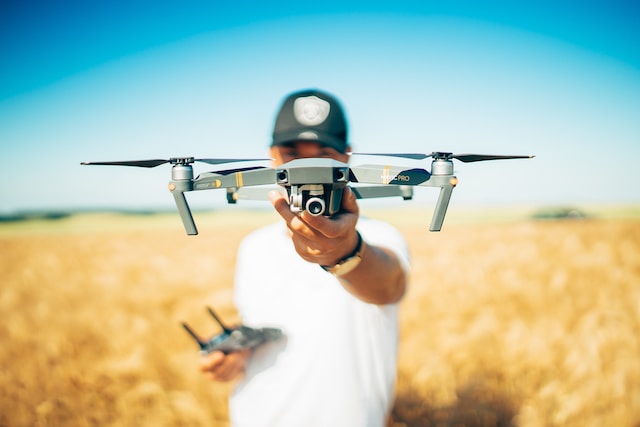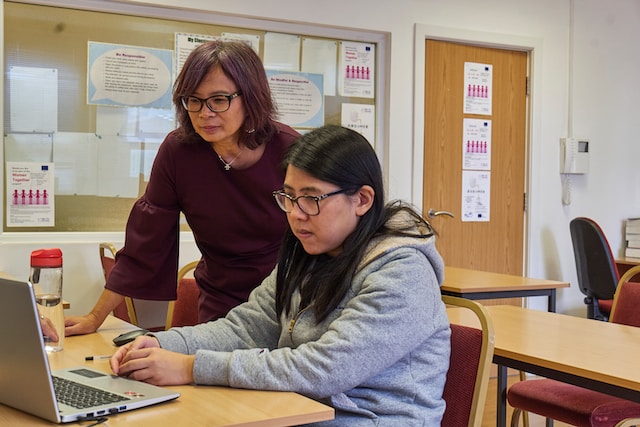Sep 8, 2023
The Role of Technology in Disaster Response
While technological advancements often take center stage in times of progress, it’s during moments of crisis that their true significance shines. Disaster response and recovery efforts have been significantly transformed by innovative technologies. In this article, we explore the vital but often unsung role of technology in disaster management.
Early Warning Systems:
One of the most critical aspects of disaster management is early warning systems. Technology plays a pivotal role in detecting impending disasters, from seismic sensors that can predict earthquakes to weather forecasting models that predict severe storms. These systems provide essential lead time for evacuation and preparedness.
Drones for Disaster Assessment:
Drones have become invaluable tools in assessing disaster-stricken areas. Equipped with cameras and sensors, they can quickly and safely survey damage, search for survivors, and identify hazards. Drones also facilitate the delivery of supplies to remote or inaccessible locations.

Satellite Imagery and GIS Mapping:
Satellite technology and geographic information systems (GIS) enable accurate mapping of disaster-affected areas. This data is crucial for coordinating response efforts, locating survivors, and assessing damage to infrastructure.
Communication and Connectivity:
In the aftermath of disasters, communication is often disrupted. Technologies like satellite phones, mobile apps for distress signals, and deployable communication networks provide lifelines for survivors and coordination for responders.
Social Media and Crowdsourcing:
Social media platforms and crowdsourcing apps have transformed the way information flows during disasters. They enable real-time updates, facilitate communication between survivors and responders, and help identify urgent needs.
Artificial Intelligence and Predictive Analytics:
Artificial intelligence (AI) and machine learning algorithms analyze vast datasets to predict disaster patterns and improve response strategies. They help allocate resources efficiently and make informed decisions in real-time.
Robotics in Search and Rescue:
Robots, including ground and aerial ones, are increasingly used in search and rescue operations. They can navigate hazardous environments, locate survivors, and provide essential medical assistance.
Smart Infrastructure and Resilience:
Incorporating smart technology into infrastructure, such as buildings and bridges, enhances resilience to disasters. Sensors can detect structural weaknesses, allowing for preventive maintenance and reducing the risk of collapse during earthquakes or hurricanes.
Emergency Medical Technology:
Advances in medical technology, such as telemedicine and portable diagnostic devices, enable remote medical consultations and on-site triage in disaster-stricken areas.

Energy Solutions:
Renewable energy sources and portable power solutions provide vital electricity for emergency services, medical facilities, and shelters when the power grid is compromised.
Challenges and Ethical Considerations:
While technology greatly enhances disaster response, it also raises challenges, including data privacy concerns, the digital divide, and the ethical use of AI in decision-making during crises.
Global Collaboration and Preparedness:
In an interconnected world, global collaboration is essential for effective disaster response. International organizations and governments must work together to share knowledge, resources, and technology for better preparedness.
Conclusion – Technology’s Crucial Role in Crisis:
Technology is an unsung hero in disaster response, working tirelessly behind the scenes to save lives and minimize damage. As the world grapples with an increasing number of natural and man-made disasters, technology continues to evolve, offering new solutions and capabilities. Its role in disaster management not only enhances our resilience but also serves as a reminder of the boundless potential of human innovation in times of adversity.
More Details





